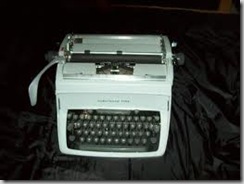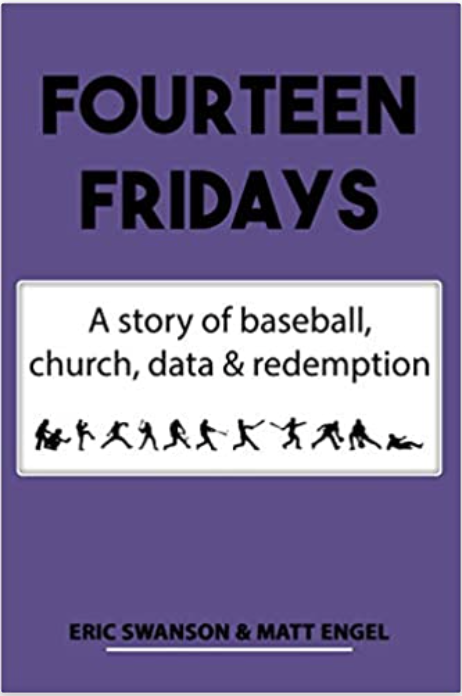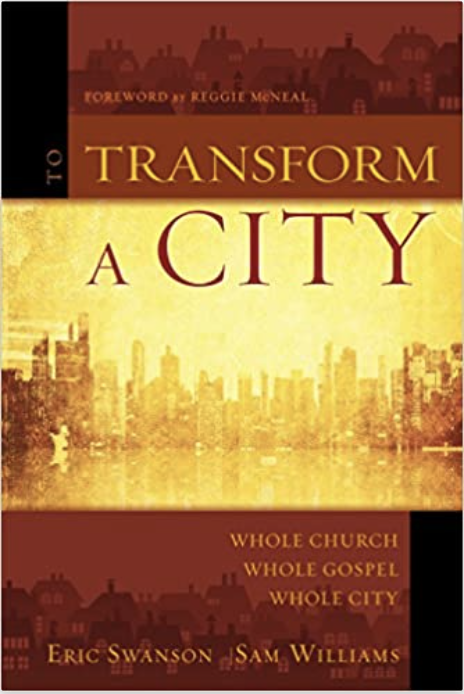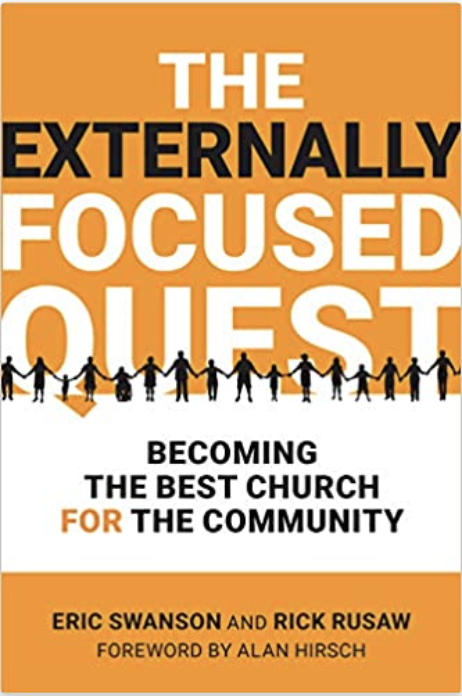What QWERTYs are you still using?
 Between 7th and 8th grade, on the recommendation of my mother, I took a summer school class on typing class at Mango Junior High…probably the single most useful class I had and probably the only thing I continue do on a daily basis that I learned back when I was 13 years old. Mr. Shultz would establish the cadence of the strokes—“L-L-L, S-S-S.” How many times did I type “Lee Leeds?” But at the end of the 6 weeks I could type. Onion skin paper was the best and a bottle of White-Out covered most every typo. Back in the day we used a capital “O” for the number zero and a lower-case “L” for the number one. To have both a 0 and an O would be redundant…on a typewriter. The keyboard layout was designed back in the 1870’s to maximize speed by preventing the letter levers from striking at the same time and therefore jamming. The keys were laid out in diagonal columns (they still are) to give each lever its own horizontal space for striking the paper. When you got to the end of a row one had to manually hit the carriage return and slide the roller and paper to the right…allowing you to start a new row. All of the vowels are in the row above the “home row” and although over 3,000 words can be typed by the left hand alone, only around 300 words can be typed with the right hand. Additionally, 57 percent of the keys are touched by the left hand so the key board slightly favors lefties.
Between 7th and 8th grade, on the recommendation of my mother, I took a summer school class on typing class at Mango Junior High…probably the single most useful class I had and probably the only thing I continue do on a daily basis that I learned back when I was 13 years old. Mr. Shultz would establish the cadence of the strokes—“L-L-L, S-S-S.” How many times did I type “Lee Leeds?” But at the end of the 6 weeks I could type. Onion skin paper was the best and a bottle of White-Out covered most every typo. Back in the day we used a capital “O” for the number zero and a lower-case “L” for the number one. To have both a 0 and an O would be redundant…on a typewriter. The keyboard layout was designed back in the 1870’s to maximize speed by preventing the letter levers from striking at the same time and therefore jamming. The keys were laid out in diagonal columns (they still are) to give each lever its own horizontal space for striking the paper. When you got to the end of a row one had to manually hit the carriage return and slide the roller and paper to the right…allowing you to start a new row. All of the vowels are in the row above the “home row” and although over 3,000 words can be typed by the left hand alone, only around 300 words can be typed with the right hand. Additionally, 57 percent of the keys are touched by the left hand so the key board slightly favors lefties.
In 1936 Dr. August Dvorak, while consulting young student writing (typing, I presume) her Masters thesis on typing errors, designed a faster, more ergonomic keyboard. In typing competitions, trained typists, using the Dvorak layout consistently walked away with the top honors. The fastest typist in history, one Barbara Blackburn, could consistently type at 150 words / minute over long stretches of time and had gusts of 212 words per minute when she really wanted to get down to business. So why didn’t the world’s typists, convinced by the evidence, adopt the more efficient technology? The simplest answer is because by then, using the QWERTY layout was so widespread, the cost efficiency of retraining typists just didn’t make economic sense. Sometimes we say that change comes about when, “the pain of change is less than the pain of staying the same.” In this case, the pain of change was greater than the cost of staying the same.
So today we don’t have a problem with keys jamming. Our keyboards are laid out in diagonal columns even though most users have never even seen a manual typewriter. The Dvorak (or “American”) layout is available as an alternative layout on the MAC operating system and it’s simple to pop the keys off and rearrange them and a few raving fans have done this but the rest of us persist on using QWERTY.
What QWERTYs do I have in my life? Where does the pain of change exceed the pain of staying the same…but I still need to make the change? That’s what I’ll think about today.









Thanks, Eric. I need to think a bit about this one. One might be the wired telephone in my house. While I have switched over to the virtually free, Ooma VOIP system, I still like the comfort of phones that at least are similar to the wired phones. Most of my children’s generation are using mobile phones. In addition, they are texting more often than calling. The letters associated with each key on the telephone originally were used for telephone network exchange prefixes. Growing up, our home phone exchange network was Trinity 1 or TR1 or 871-XXXX. My parents still use this number, so I wasn’t comfortable putting it in this comment.
Ah yes, another great gem from the gemologist! Been using the unique competent grid with lots of mid 30’s guys. Very helpful construct for coaching.
Hi Eric –
Ed Scherff not Shultz was the typing teacher at Mango.
Bill
Are you sure it was Scherff…in 1962-63. Your note reminded me that his name indeed was not Schultz…but something like Schuett. I guess i could check my old yearbook
Eric –
I am not sure of the spelling, one or two ff’s, but I am sure he was the typing instructor in 1962-63. I think that there was another instructor, but I don’t remember for sure. I got an award for 25 WPM.
I went to Mango and Fremont [class of 68] the same time as you. I remembered you after I ran across your blog about visiting Mark Tanouye in his lab at Berkeley.
Bill